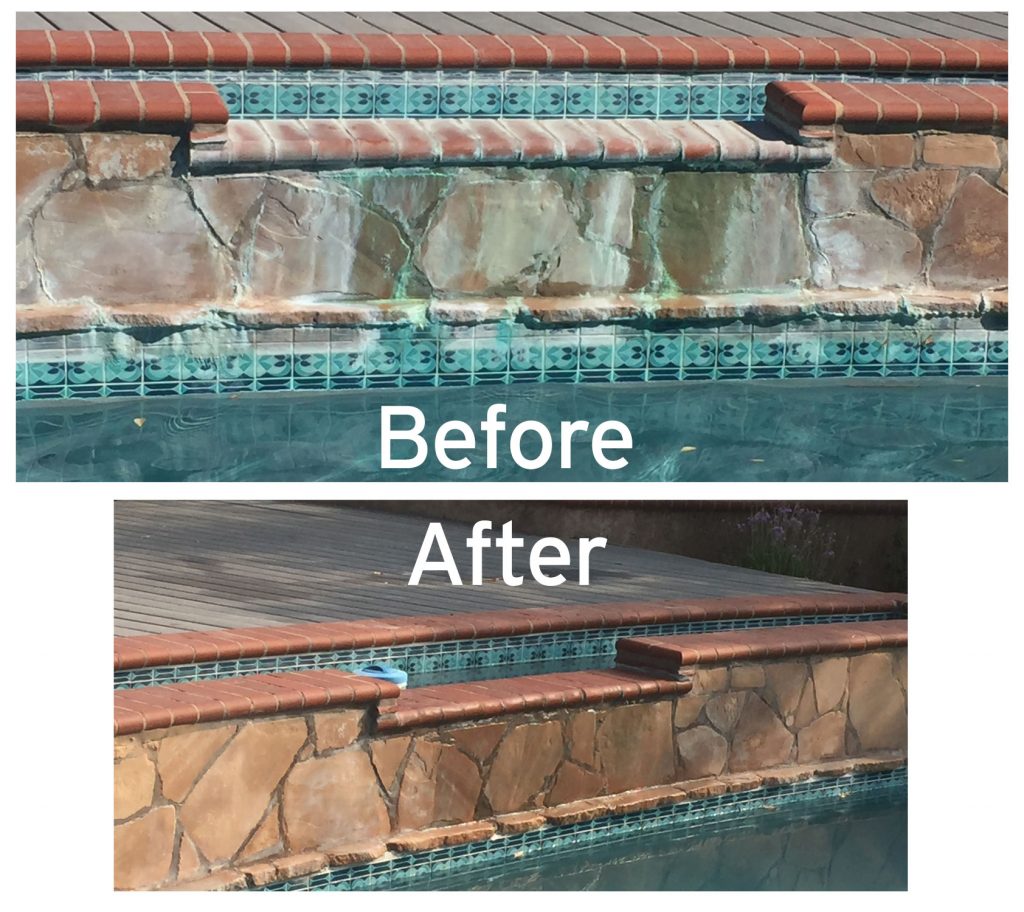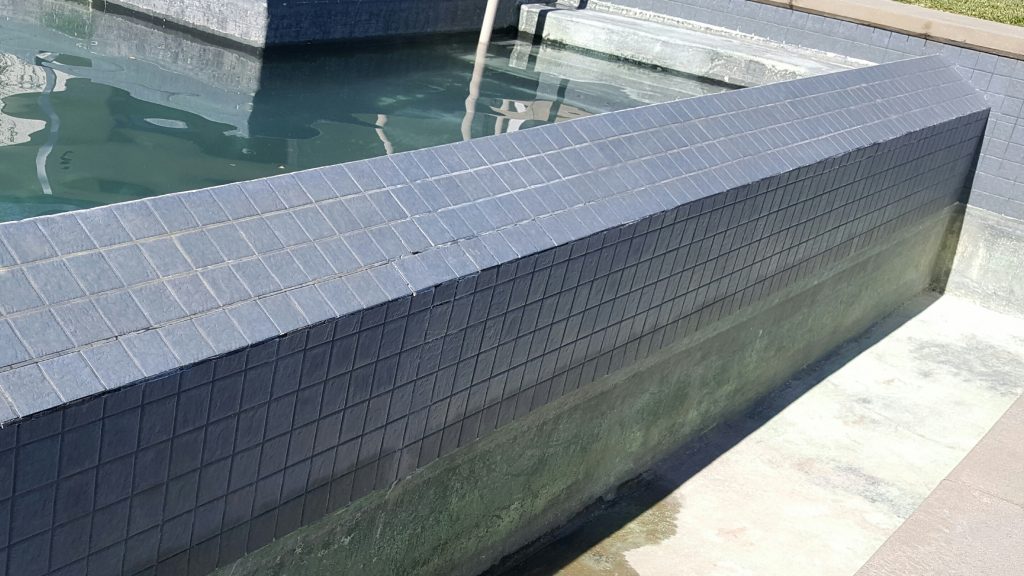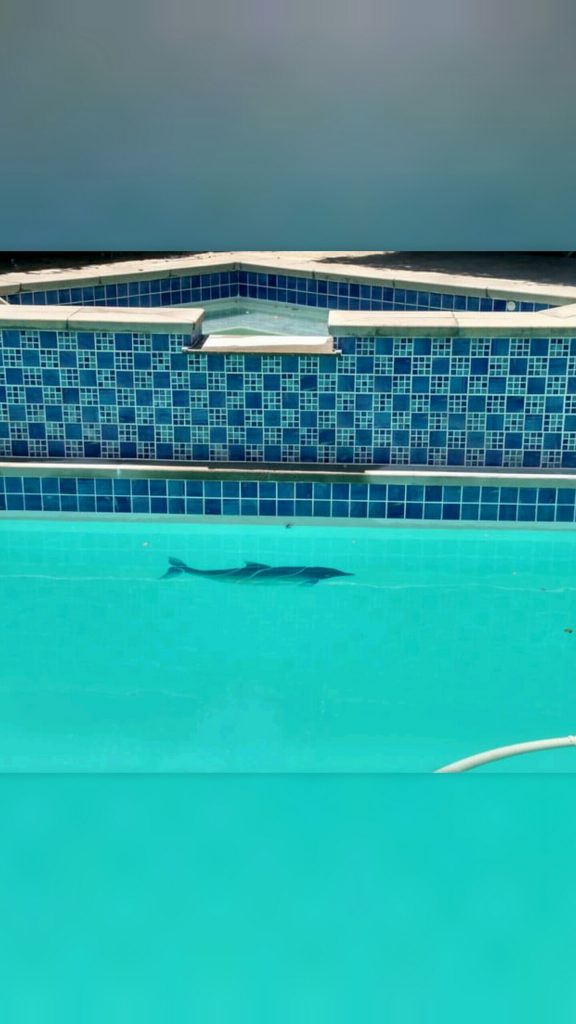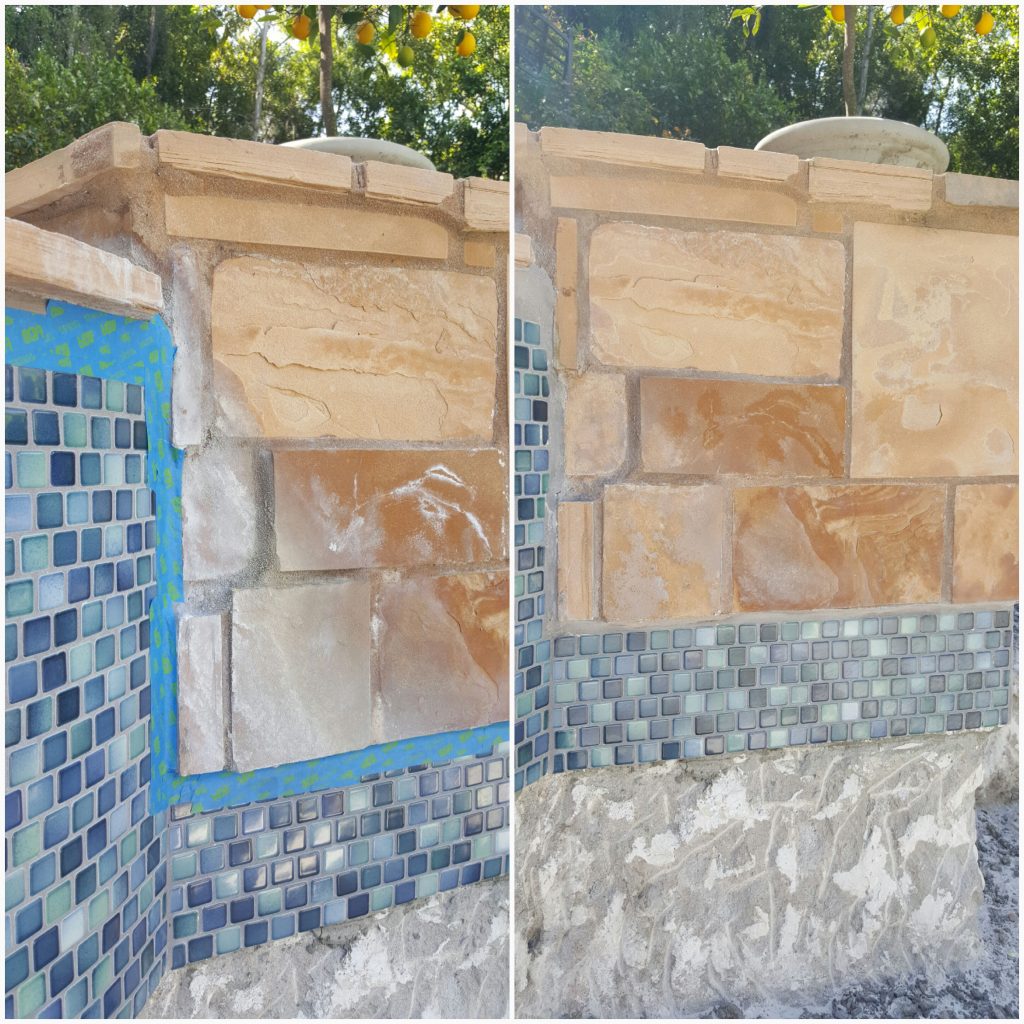How Pool pH Levels Affect Calcium Deposits

The pH is the measure of the acidity or basicity of a solution, in this case, the water in our pool. The optimal values recommended by the experts range between 7.2 and 7.6, so we must pay attention and be alert if the average obtained falls outside the indicated range. If the pH decreases below 7.2 we have acidic water. If […]
Why and How to Remove Limescale From Pool Heater and Swimming Pool
Calcium deposits are formed on surfaces that touch hard water. Even though these deposits occur naturally, they can cost you a lot of money if you do not eliminate them. Calcium deposits can cause a water heater to increase fuel use by 40 percent or more. It is beneficial to observe these deposits and withdrawals […]
How to Use Water from Wells for Your Pool and Avoid Calcium Deposit Build Up

When you want to install a salt chlorinator in a pool with well water, we recommend that you empty it and fill it with water from the water supply grid. What are the drawbacks of well water The reason is that lime and other minerals often cause problems in the chlorinator electrode. During electrolysis, lime […]
Is Calcium Building Up On the Waterline of Your Pool?

A common issue that every pool owner will encounter at some point down the road would be calcium buildup in the area around the pool. Calcium buildup can cause your pool to look dated and aged. You spend tens and thousands on a new pool why not just keep it that way? We see so […]
How to Clean the Tough Heavy Calcium Deposits in Your Pool

Calcium deposits, or efflorescence, form when excess moisture inside cement rises to the surface. These white powder deposits are common in basement walls, floors, and other cement surfaces. Although efflorescence is not harmful to cement, excessive amounts of it can cause fungal or insect problems. Once the calcium deposits harden, they are virtually impossible to remove without […]



